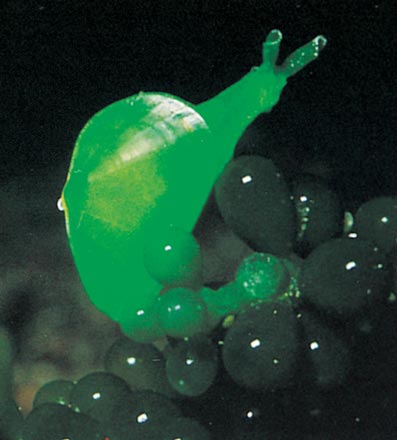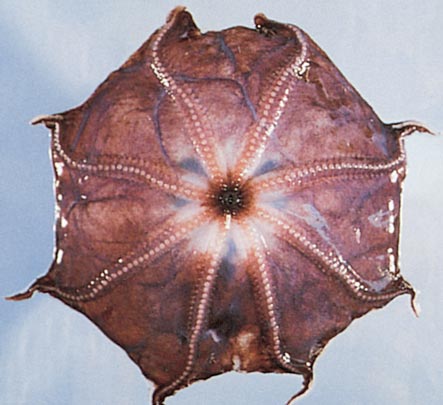
This Article From Issue
May-June 1998
Volume 86, Number 3
DOI: 10.1511/1998.25.0
Molluscs have a colorful evolutionary past and an amazing diversity. Humankind has long coveted their shells and consumed their protein-rich bodies. More recently, we have studied their behavior and borrowed their toxins to investigate nerves. Mollusca: The Southern Synthesis (CSIRO, $295 for books A and B), edited by the Australian Biological Resources Study, offers a copiously illustrated look at all manner of gastropod and cephalopod that inhabit Australia and its waters.

From Mollusca: The Southern Synthesis.

From Mollusca: The Southern Synthesis.
This collection will please malacologists and others who want more than pedestrian information on this large and fascinating slice of invertebrate natural history. The cast of characters include, left, Opisthoteuthis persephone, the gelatinous pancake octopus; and Tamanovalva babai, an unusual snail dressed like a clam, in a bivalve shell.
American Scientist Comments and Discussion
To discuss our articles or comment on them, please share them and tag American Scientist on social media platforms. Here are links to our profiles on Twitter, Facebook, and LinkedIn.
If we re-share your post, we will moderate comments/discussion following our comments policy.